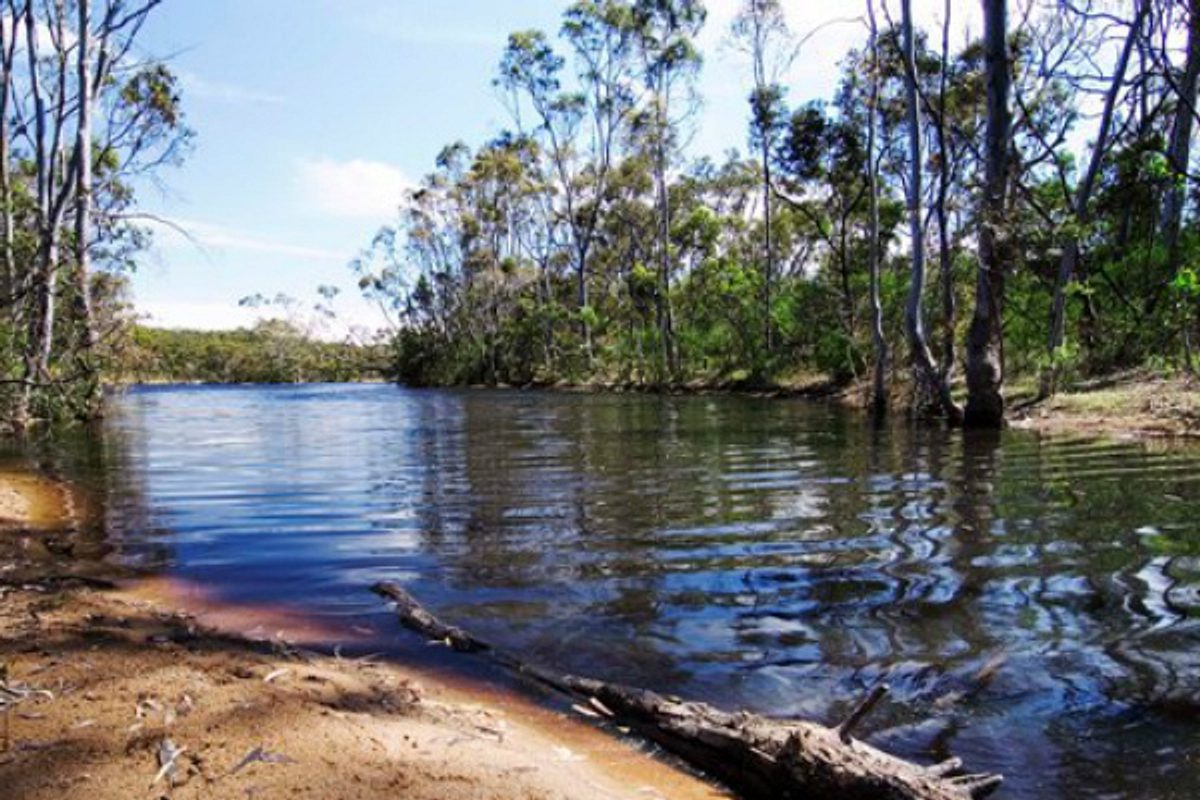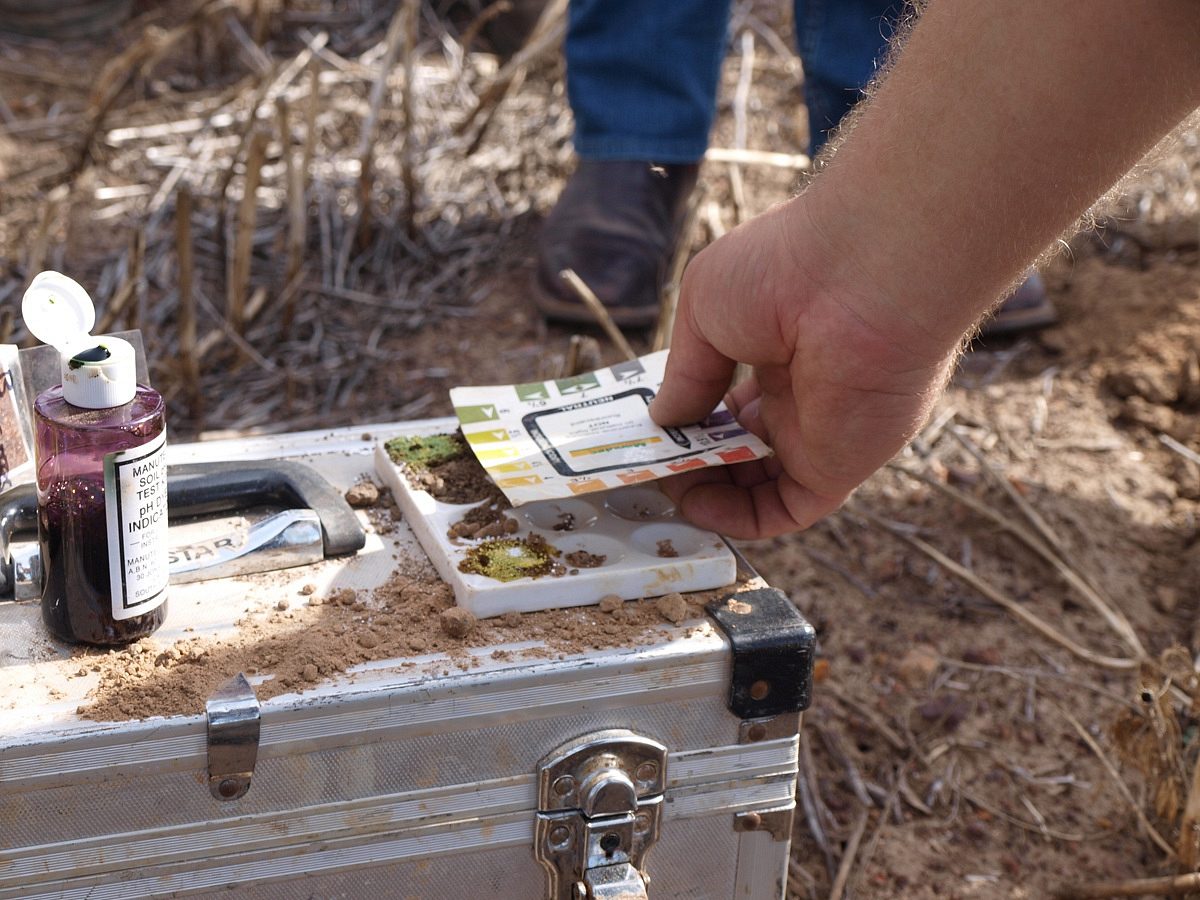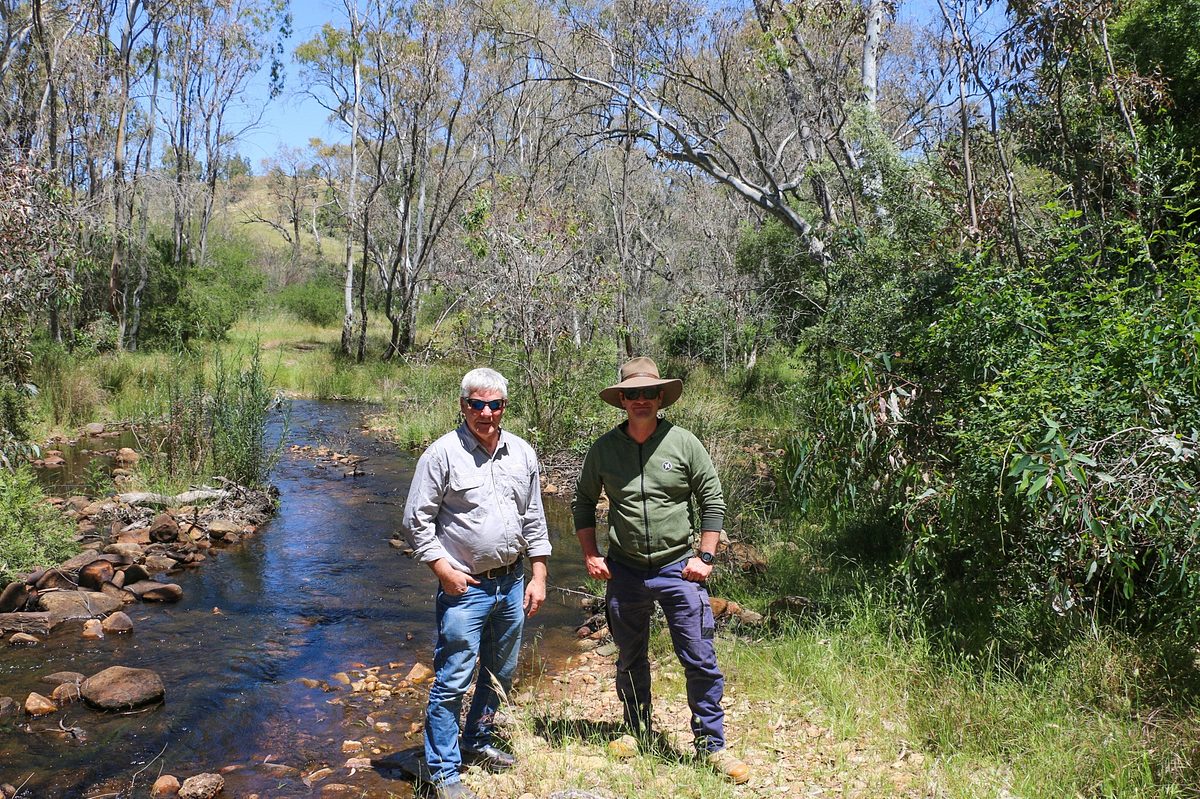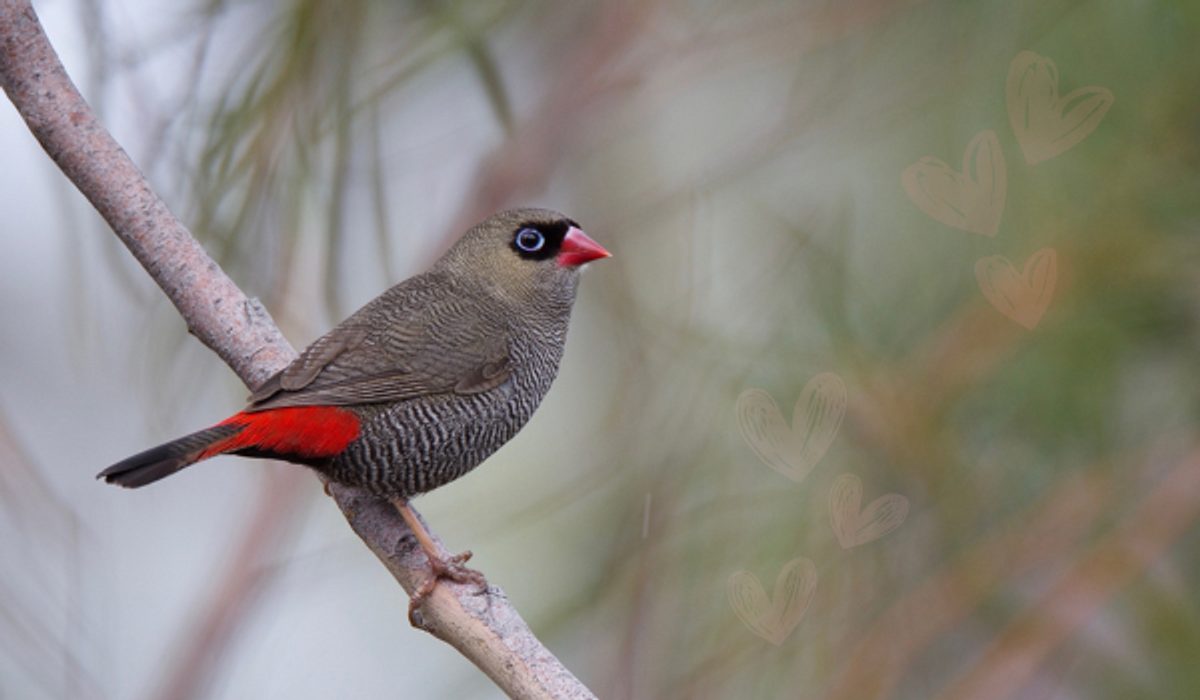Making every drop count - 3 ways landscape boards help with protection and sharing of water
The 2025 World Water Day theme is glacier preservation. While this may seem a distant ambition for South Australians experiencing dry times, putting glacier preservation at the core of plans to tackle climate change is a survival strategy for people and the planet.
In South Australia, our reality is that we are a dry state in a dry continent.
The Bureau of Meteorology’s climate summary for South Australia in February 2025 shows that SA is currently experiencing a run of warmer and drier weather than usual.
- Rainfall totals in February 2025 were less than average across all of South Australia, with most of the state receiving less than half its February average (based on 1961–1990).
- Rainfall totals were very much below average (lowest 10% of all years) in some central and eastern agricultural districts.
- For the 13-month period since February 2024, most of South Australia's agricultural districts are in severe or serious rainfall deficiencies (rainfall totals in the lowest 5% or 10%, respectively, of all such periods since 1900).
- South Australia's area-averaged mean maximum temperature was the warmest on record for all Februarys since 1910.
- February 2025 continued a run of 10 consecutive warmer than average (based on 1961–1990) months for South Australia.
The SA State of the Environment Report 2023 notes that ‘demands on our water supply for our communities and the environment is likely to increase with climate change (reduced overall rainfall and higher temperatures) and an expanding population.’
More than ever, South Australians need to work together to make every drop of water count.
Landscape boards have a crucial role in water cooperation in South Australia
There are striking differences in the landscapes across SA, but every part of the state needs to do all they can to make sure that their water resources are protected and shared sustainably.

1. Water allocation planning
We lead the development of water allocation plans (WAPs).
A water allocation plan is a legal document that sets out the rules for managing the take and use of prescribed water resources to ensure they are used sustainably. The plans are revised and implemented in consultation with water users, other community members, First Nations, industry and key stakeholders for each water resource.
A water allocation plan ensures the needs of the environment are considered when deciding how much water is made available to be taken and used for other purposes.
They set out the amount of water available for use, how that water may be allocated to water users, rules around trade of water, and the types of activities allowed with that water.
To see water allocations plans for a specific area, go to the local landscape board website for that region.
2. Water science
Landscape boards collaborate with the Department for Environment and Water to ensure we have the monitoring and science needed to underpin water policy.
This includes understanding the long-term trends in prescribed water resources, such as groundwater salinity and surface water flows, and the health of aquatic ecosystems.

3. Water affecting activities
The landscape boards play an important role working with landholders in protecting water resources, watercourses and aquatic ecosystems.
They provide advice and issue permits for water affecting activities – such as construction of dams, building structures and removing vegetation in watercourses and floodplains. This is to make sure water resources are protected and the impact of activities on water resources is minimised.
Contact your local landscape board to find out how this works in your region.

More information
Find out more about water allocation planning, water science and water affecting activities in your region by contacting your local landscape board.
Sources
Department for Environment and Water - Water allocation plans Accessed 19 March 2025
State of the Environment 2023 | Statement from EPA Board Presiding… Accessed 19 March 2025
This story first published 22 March 2024. Updated 21 March 2025


